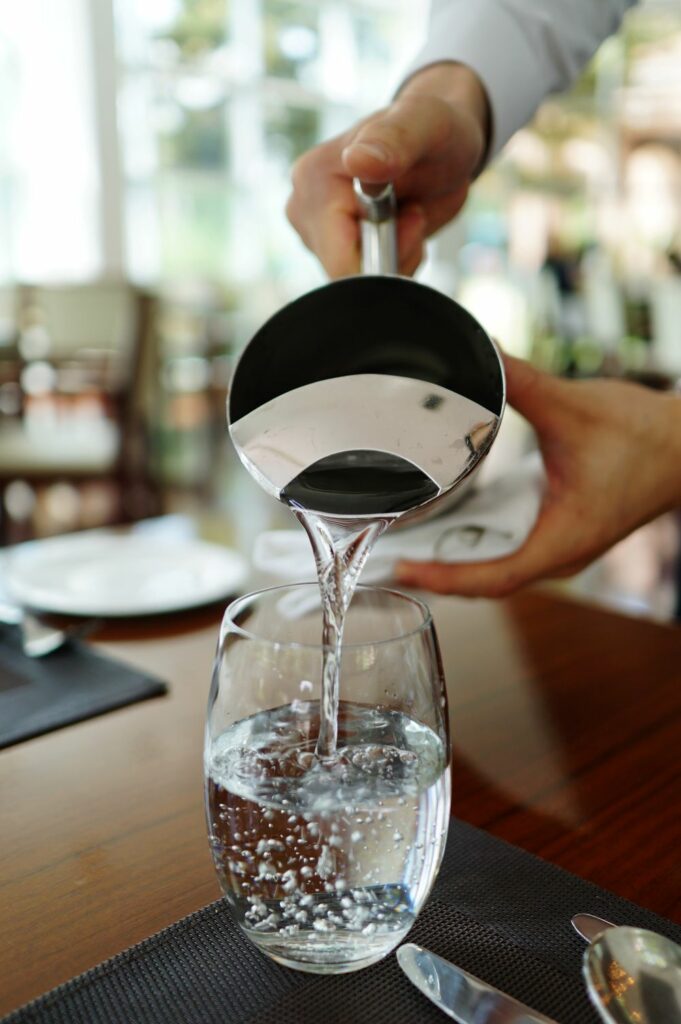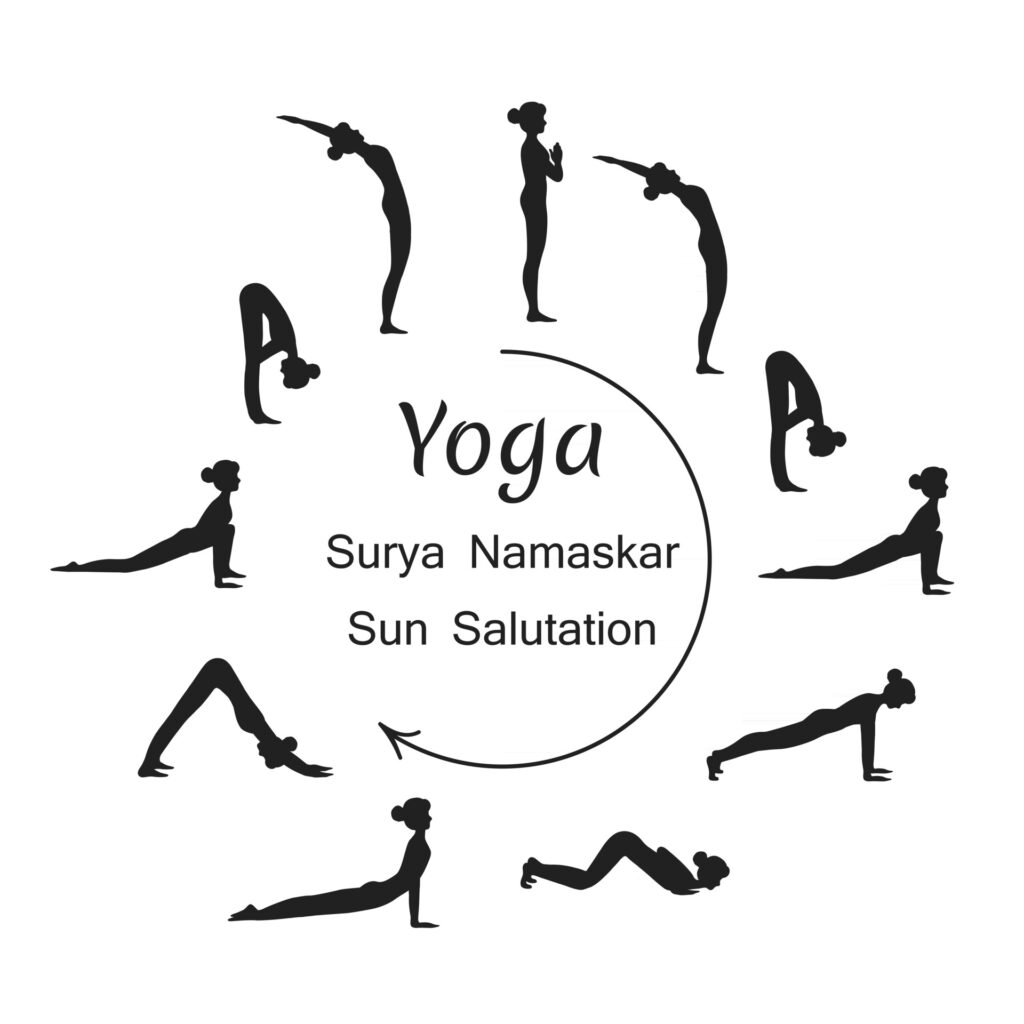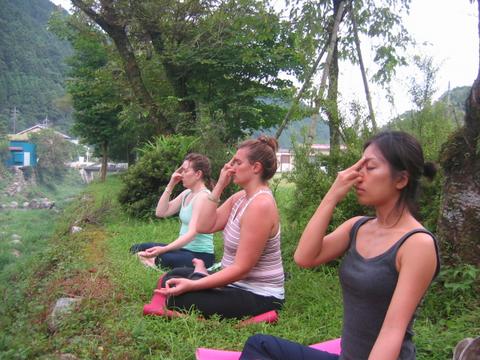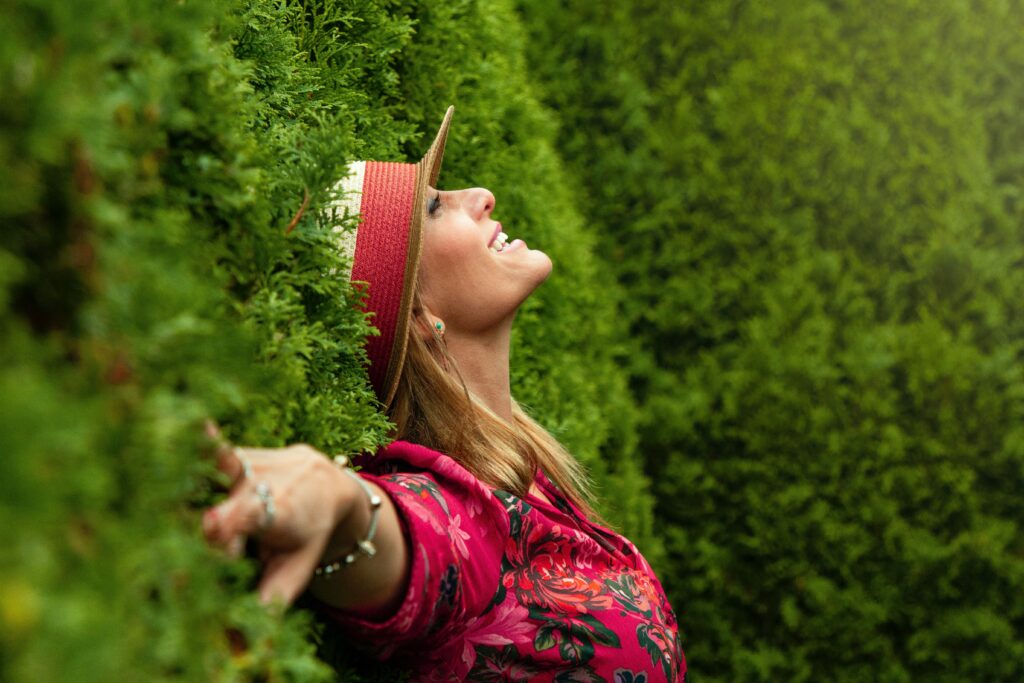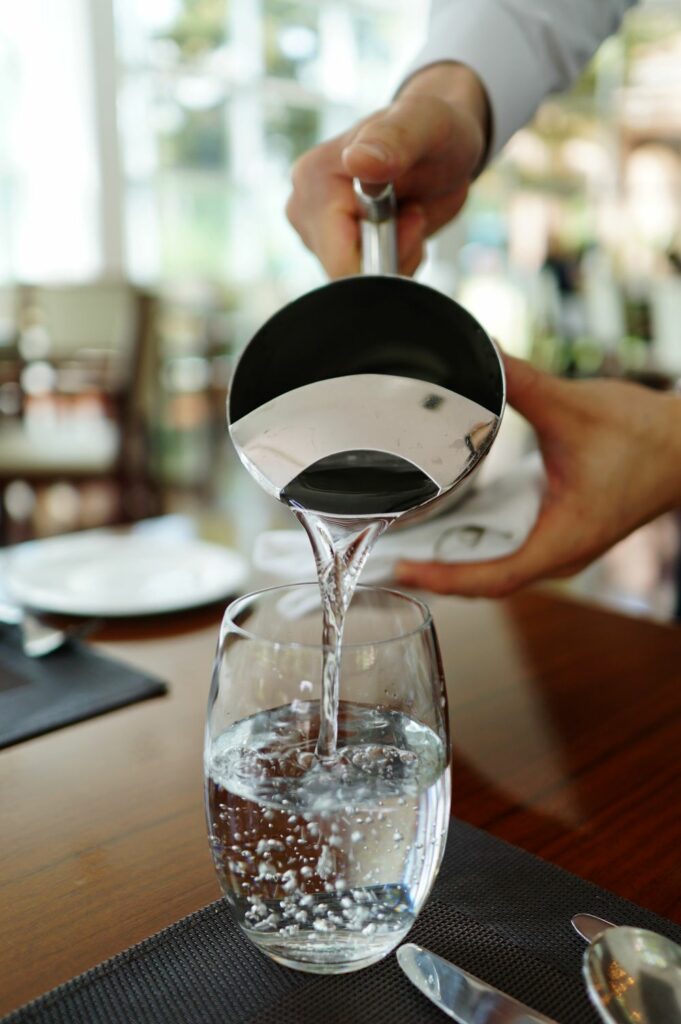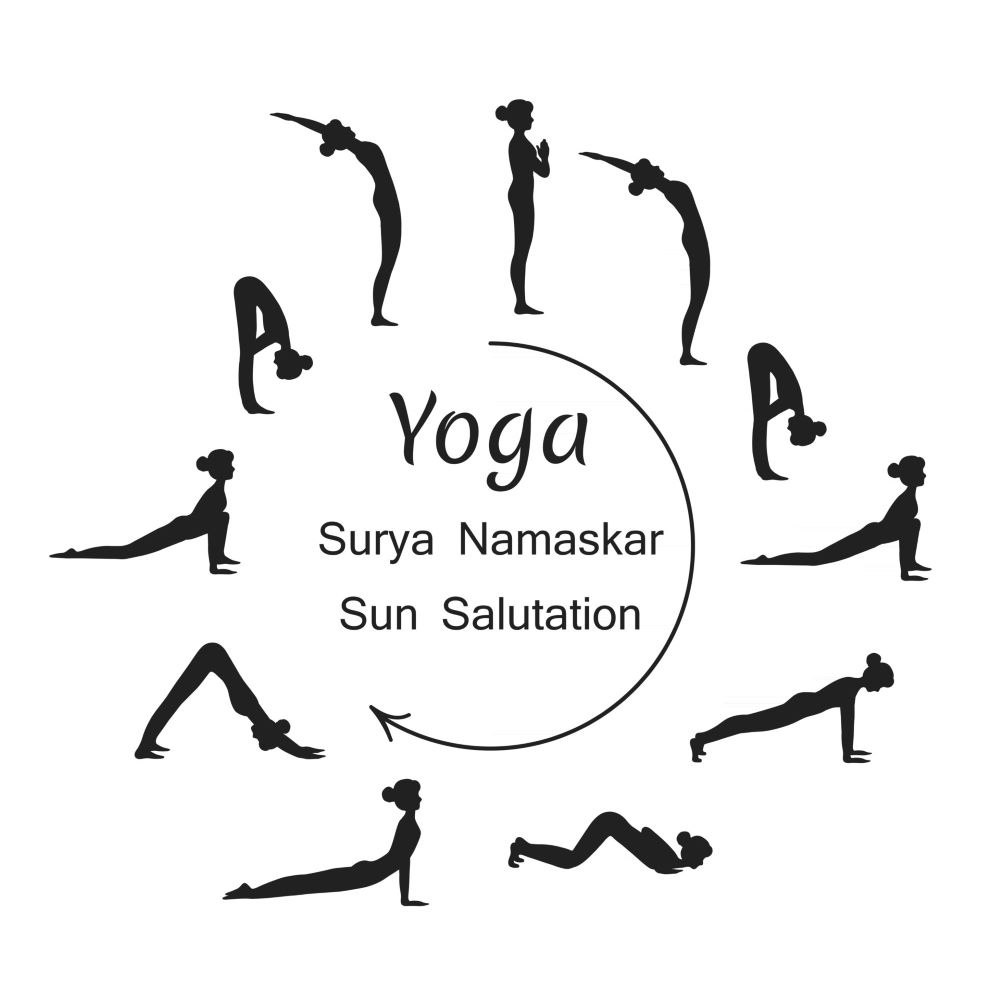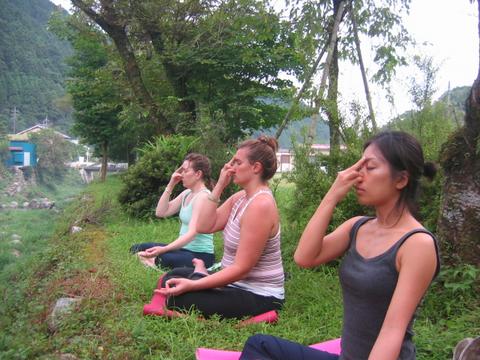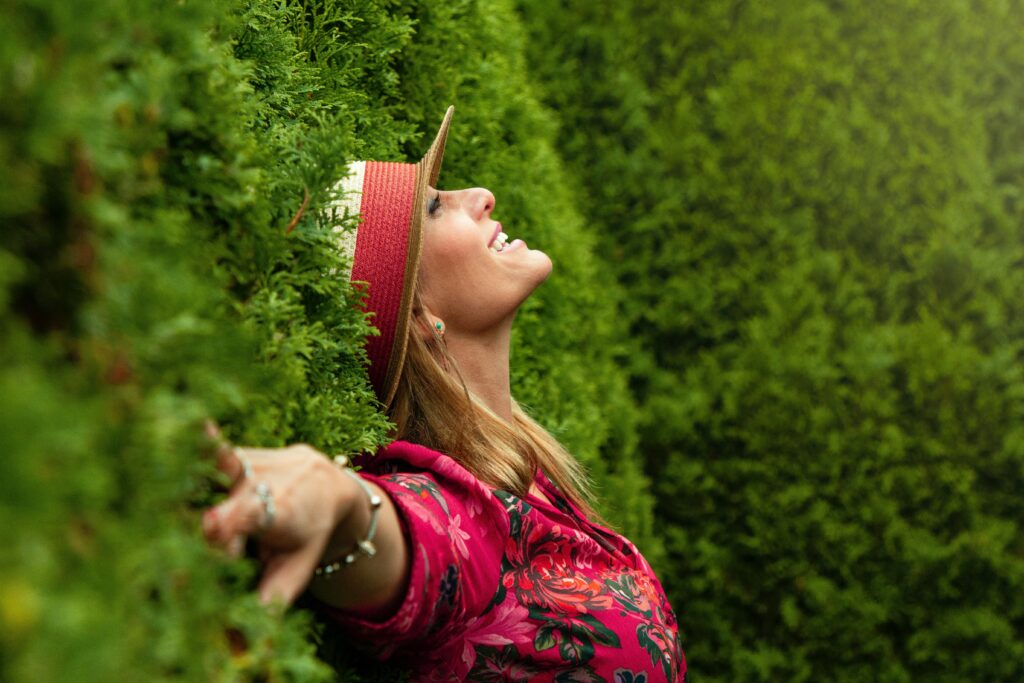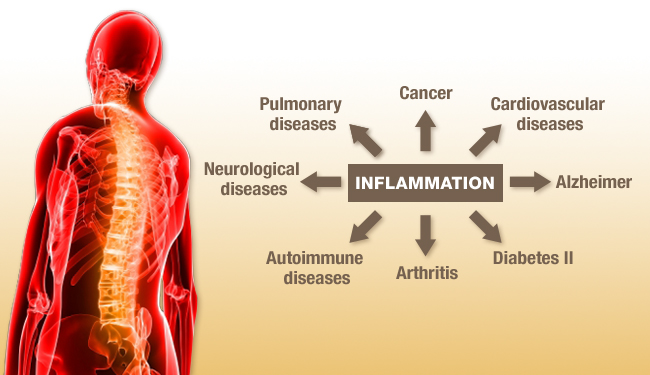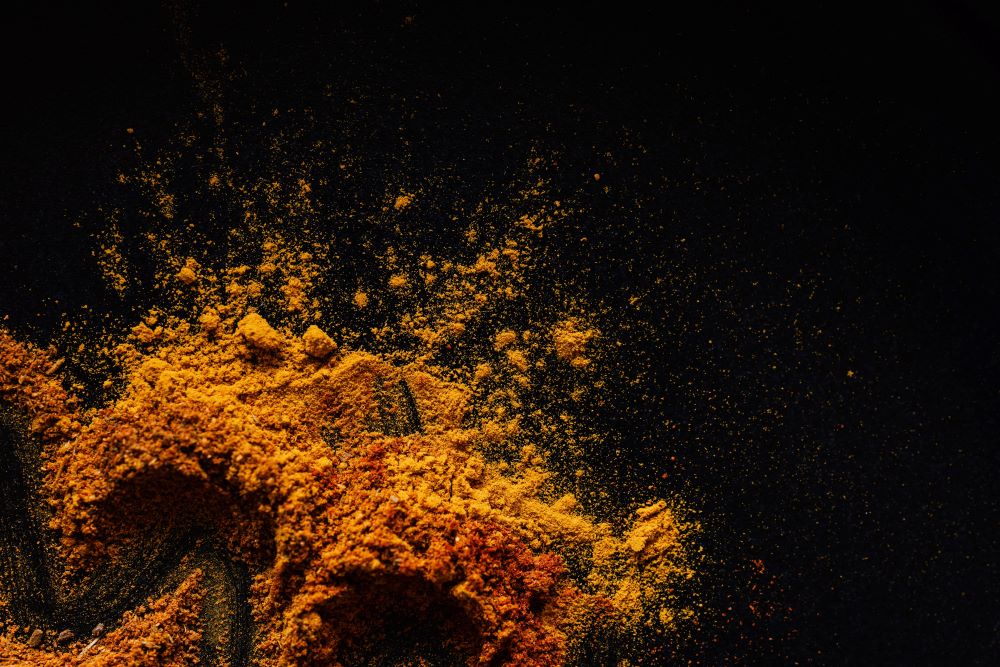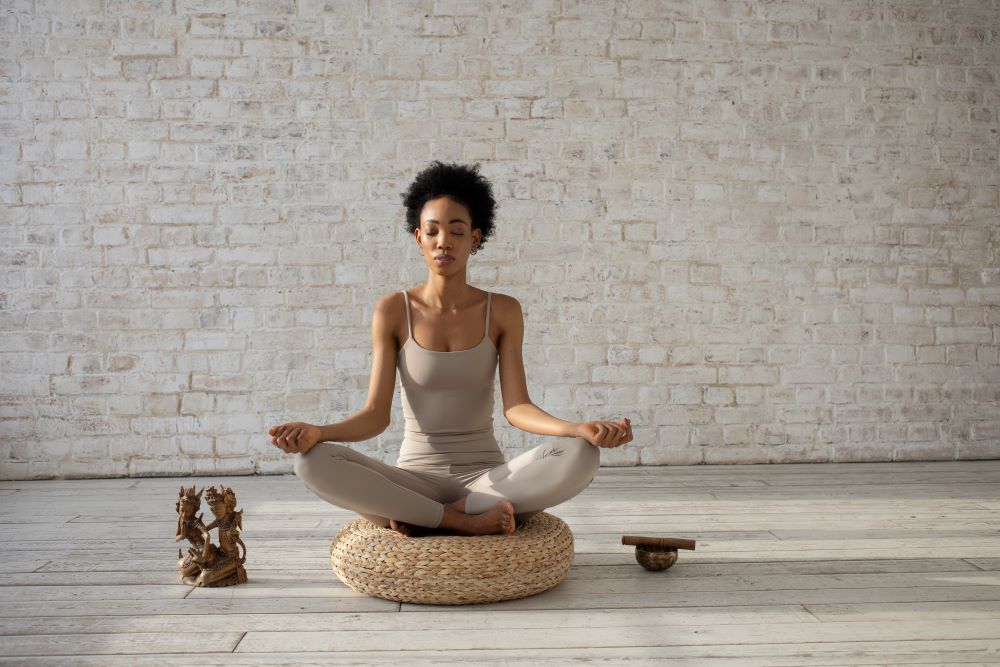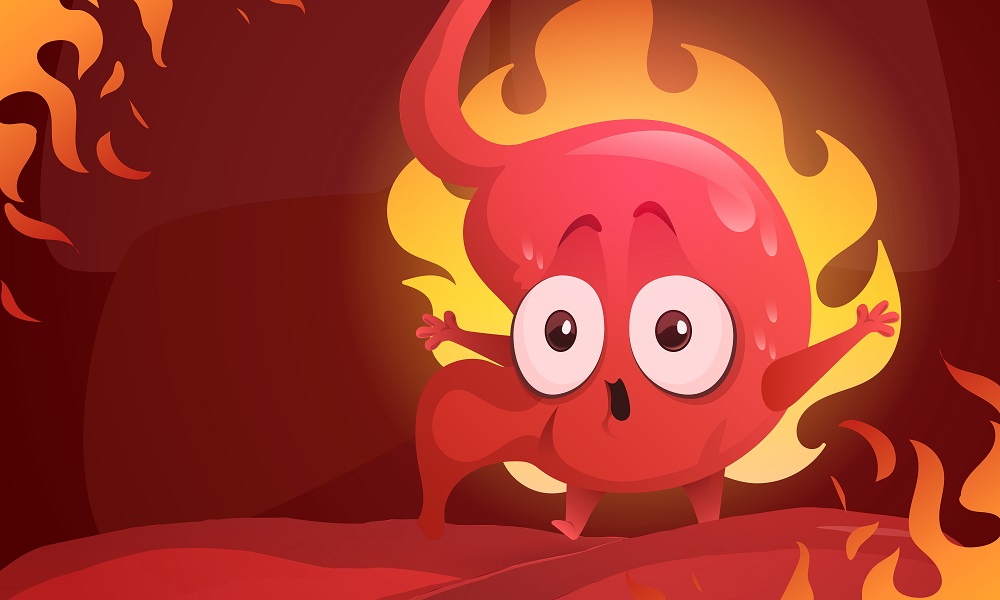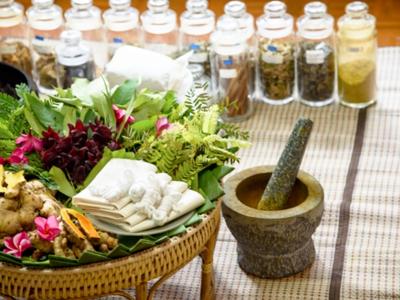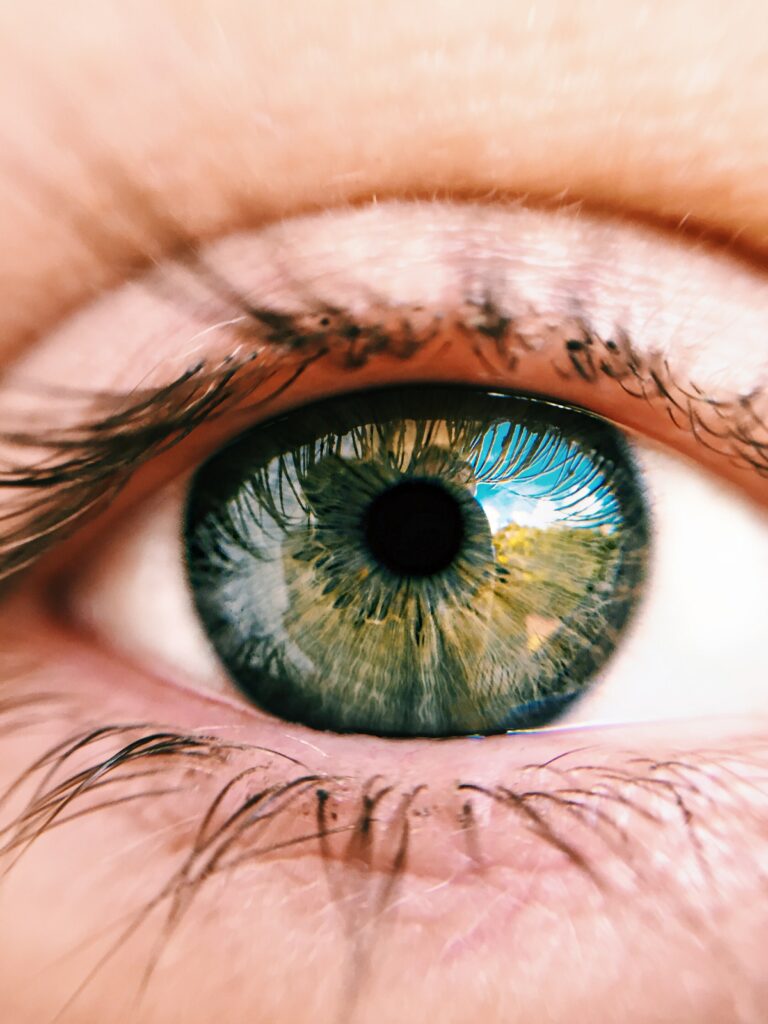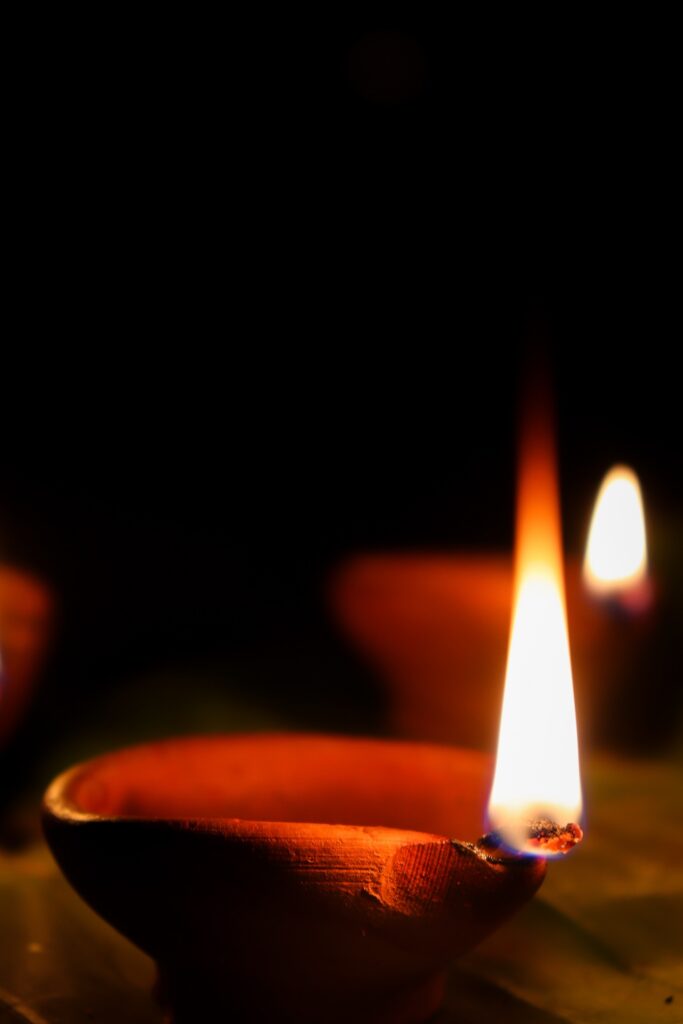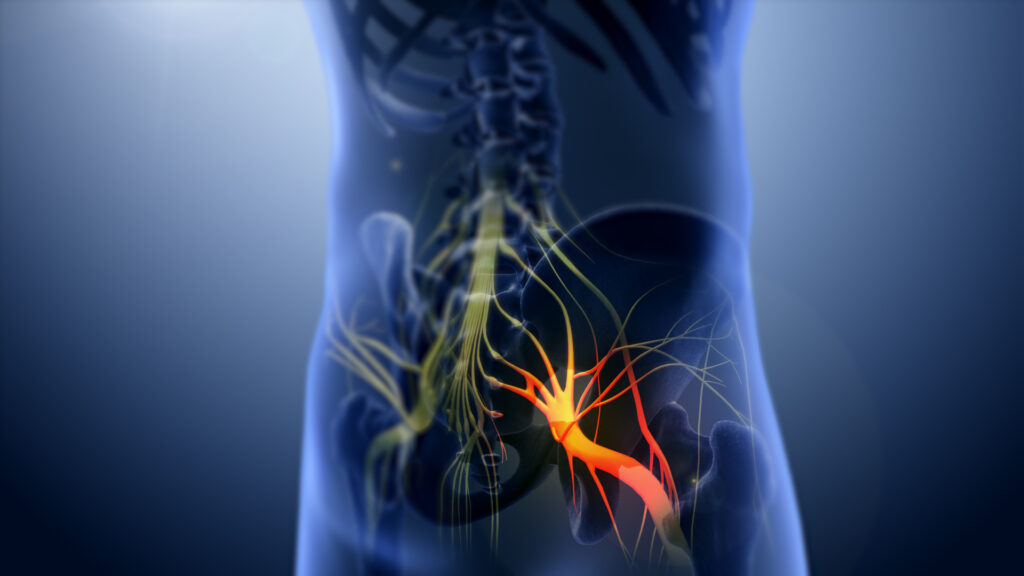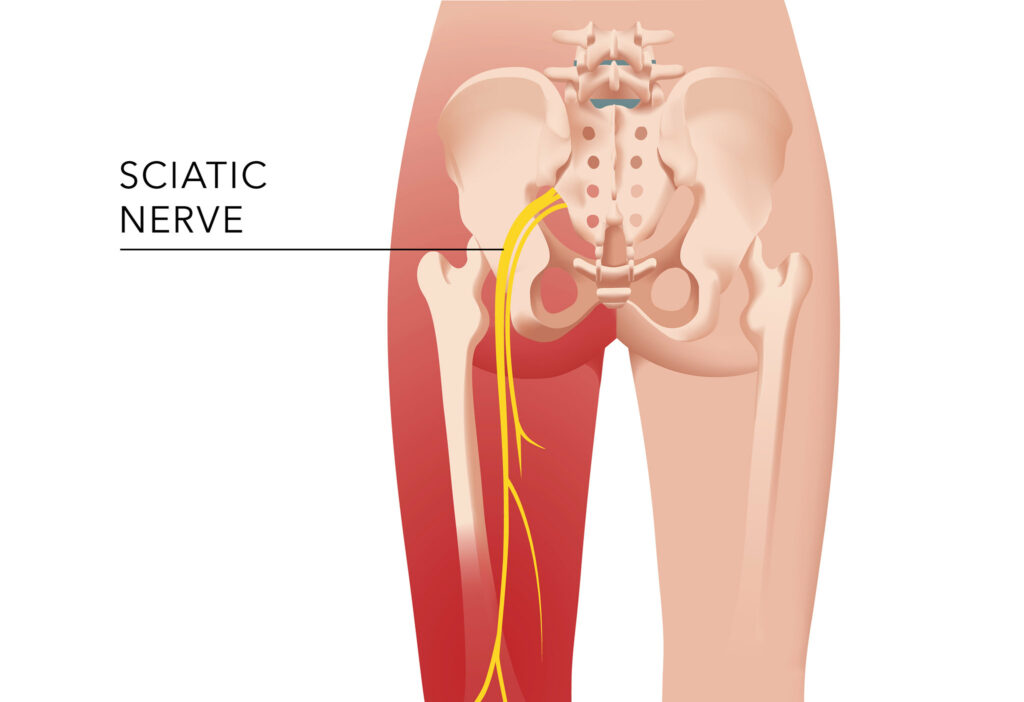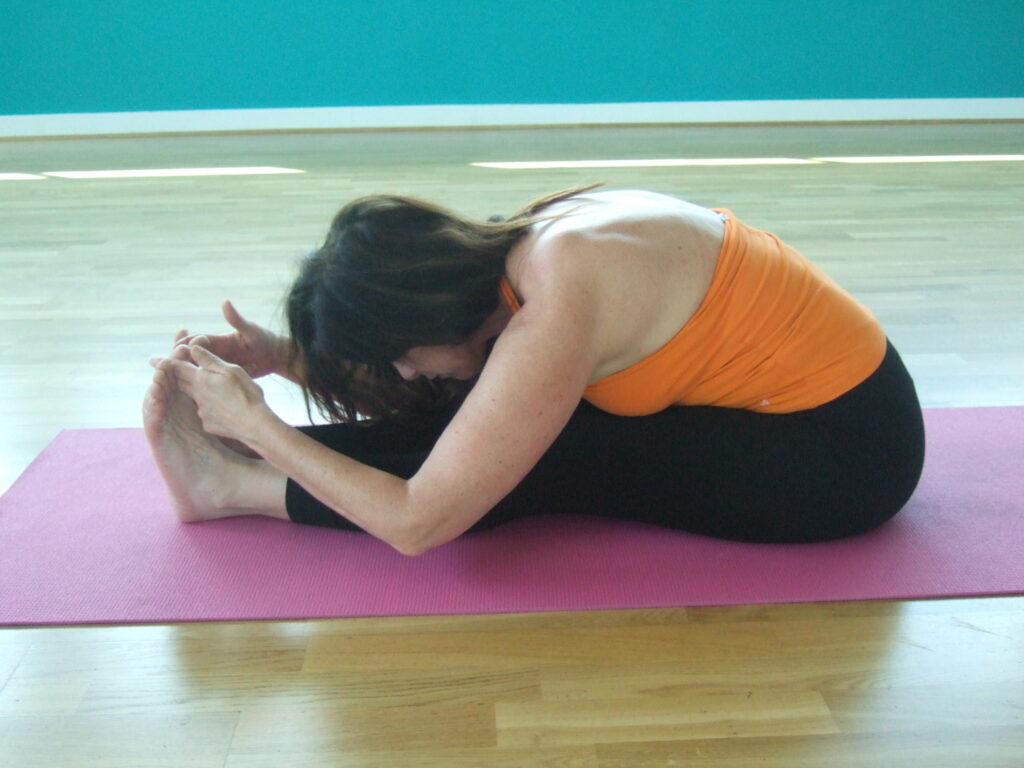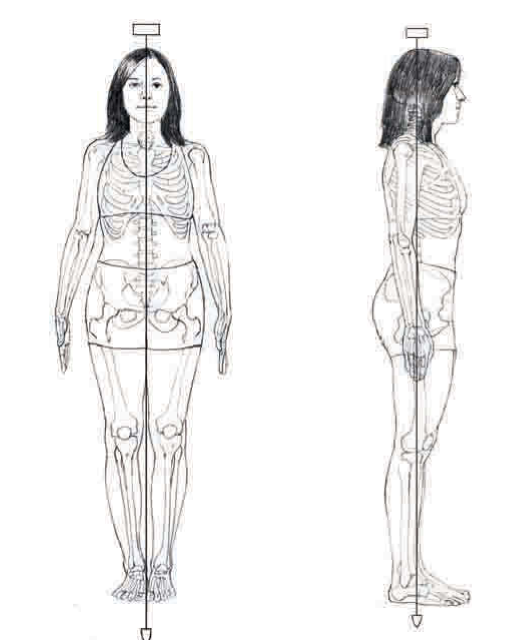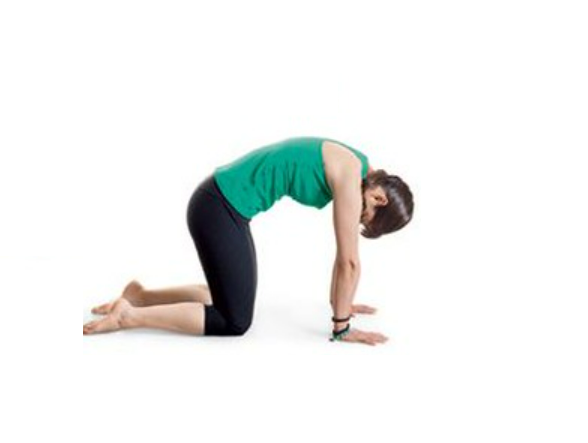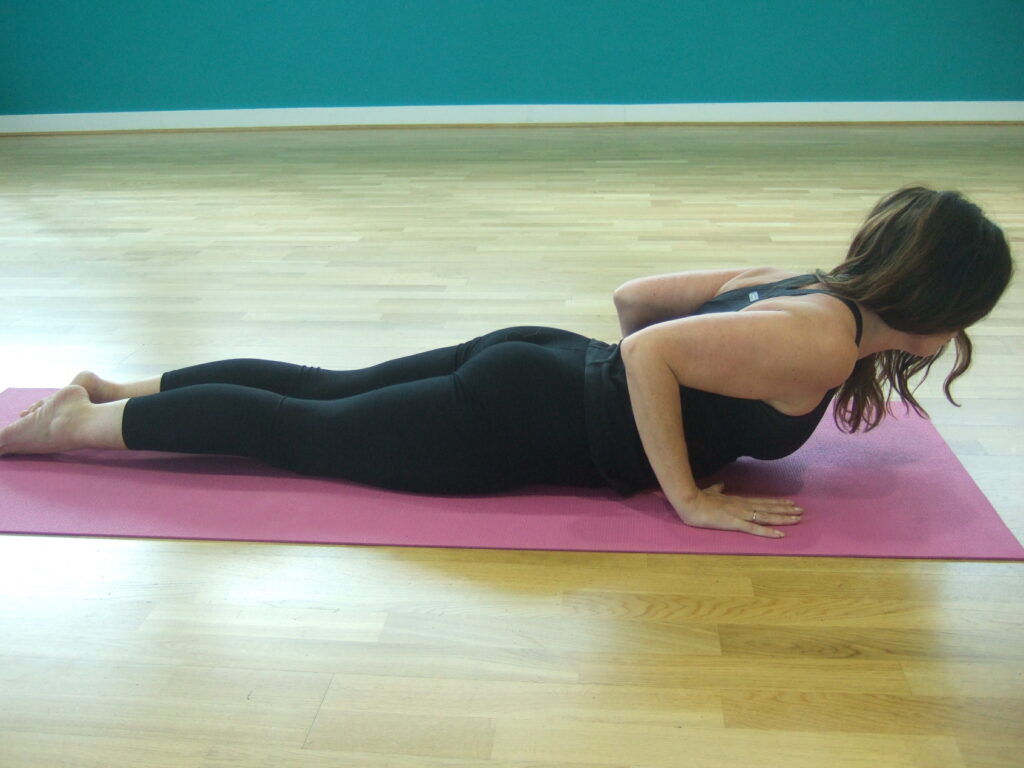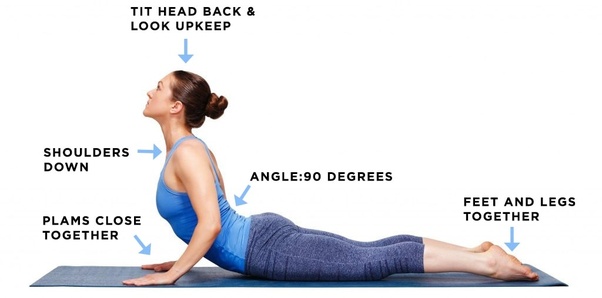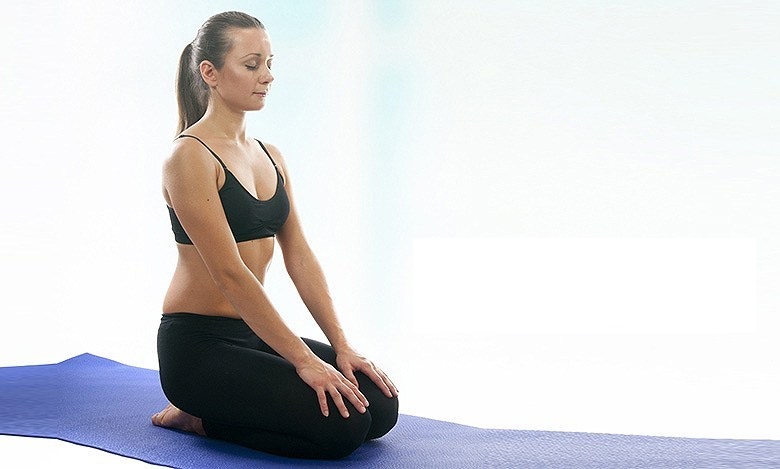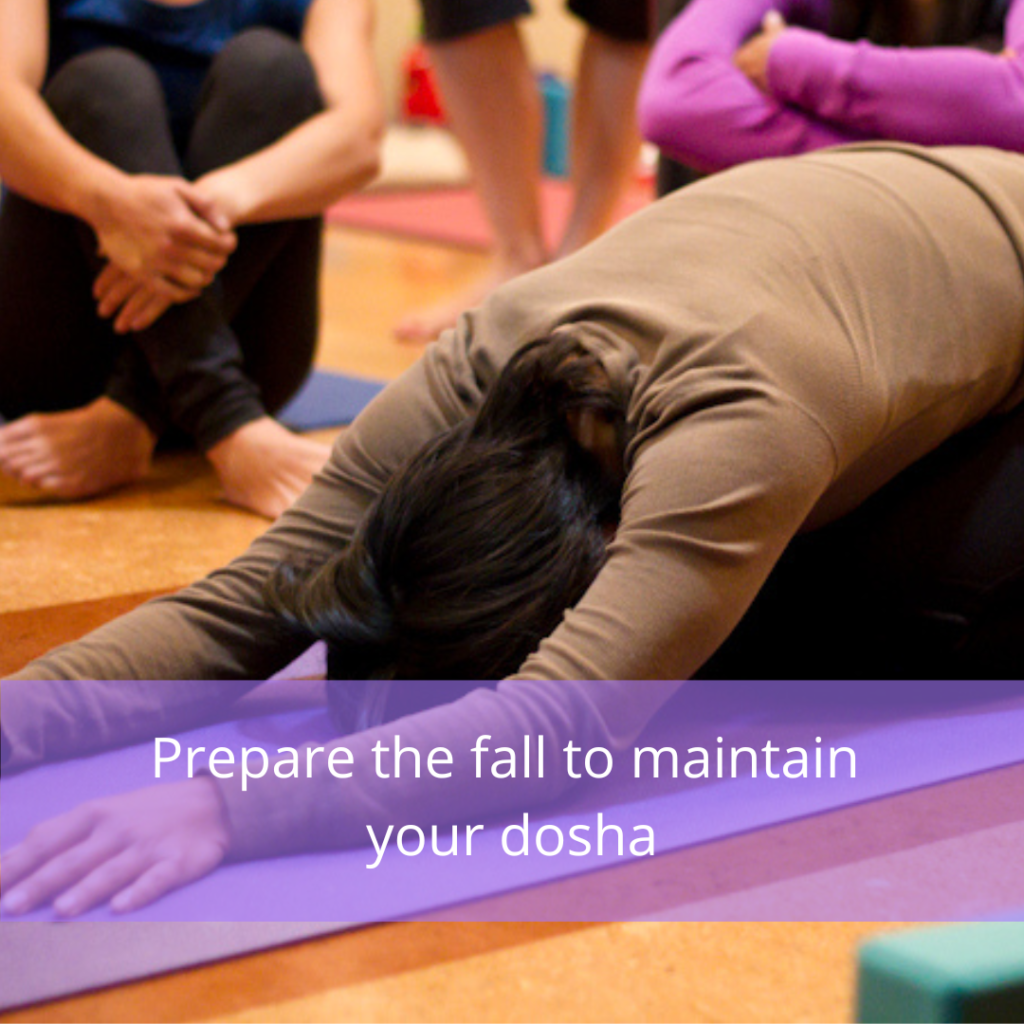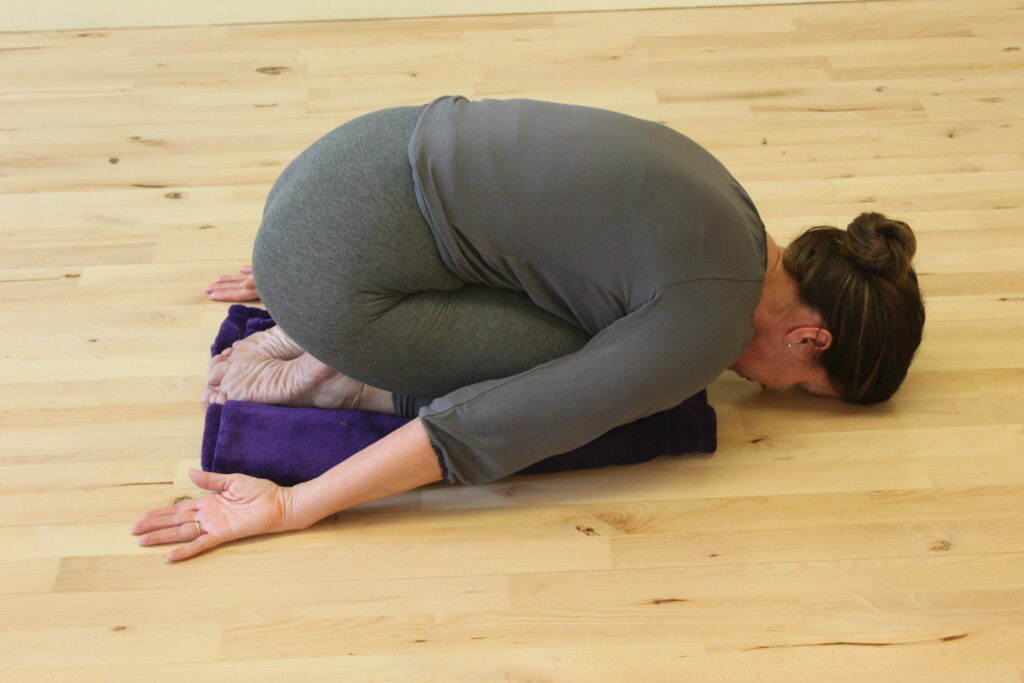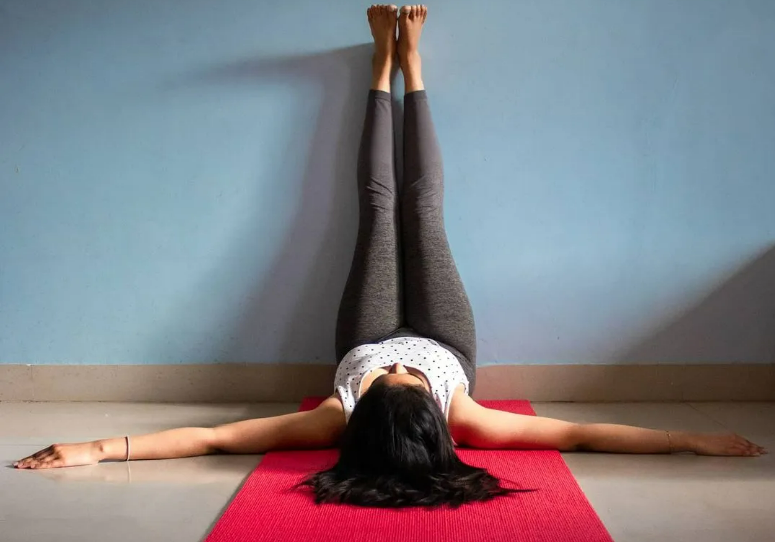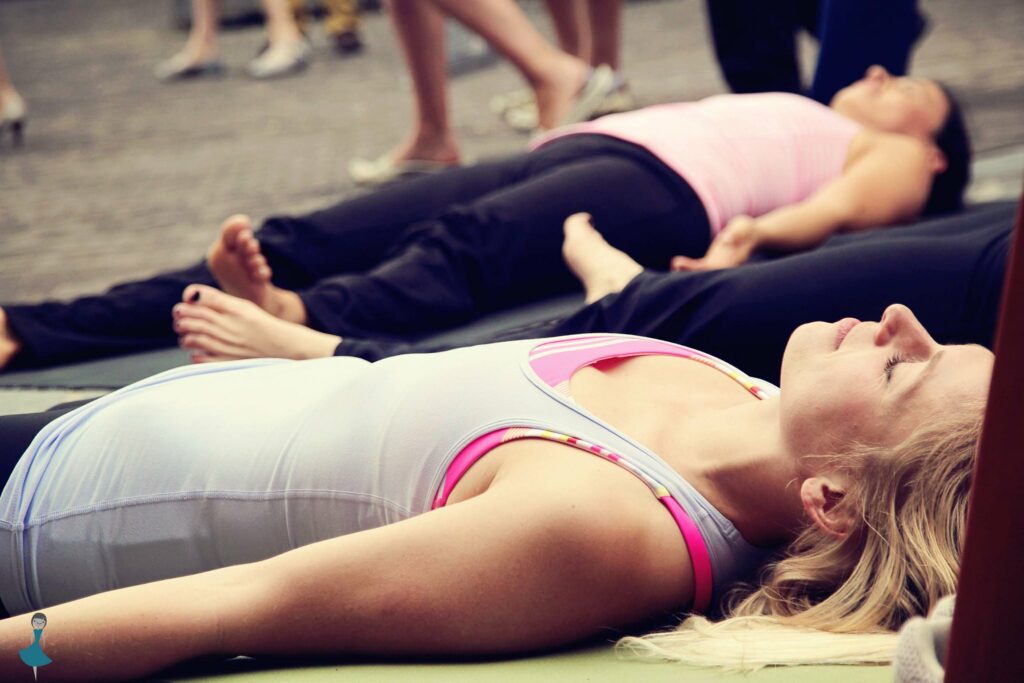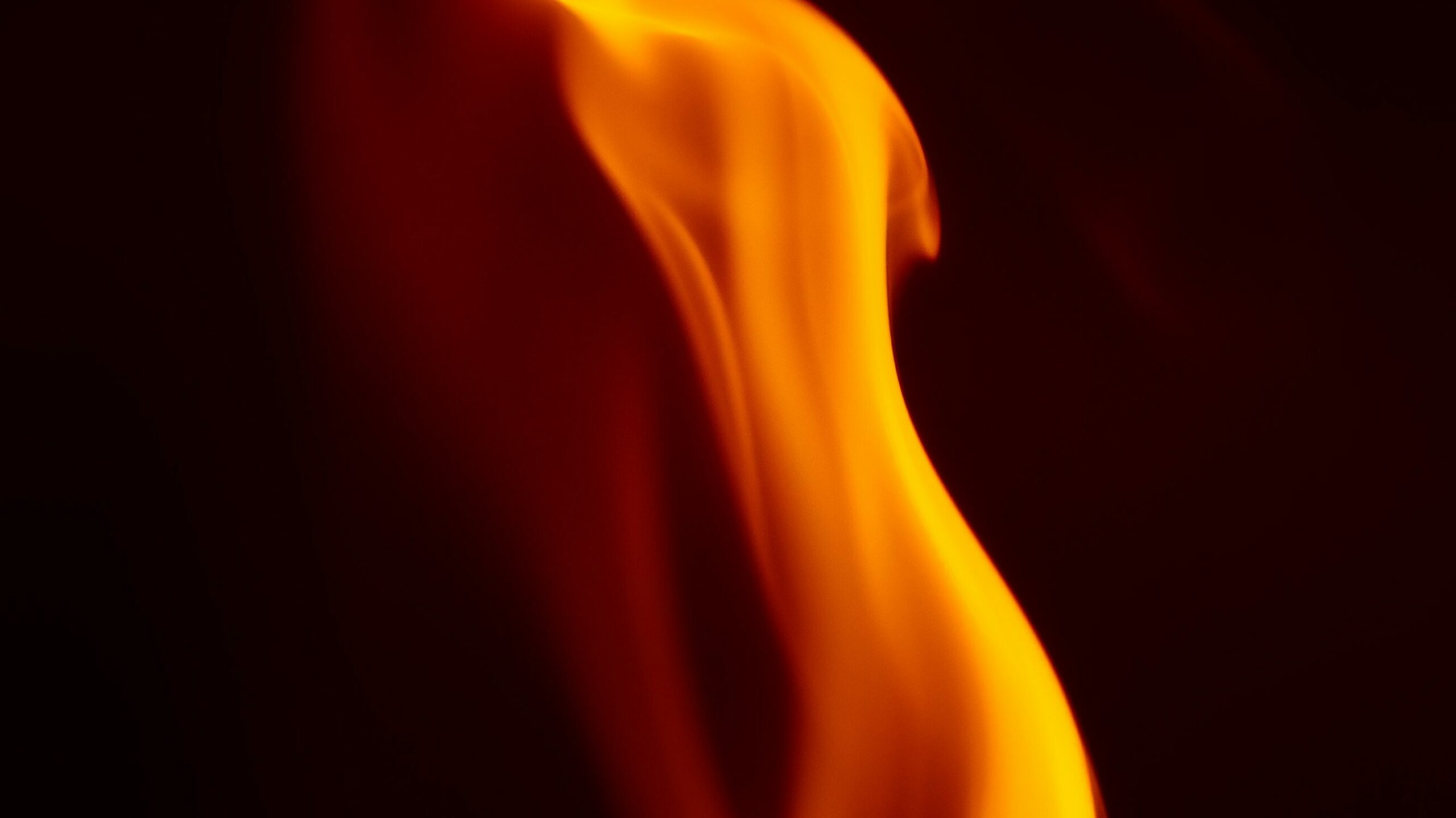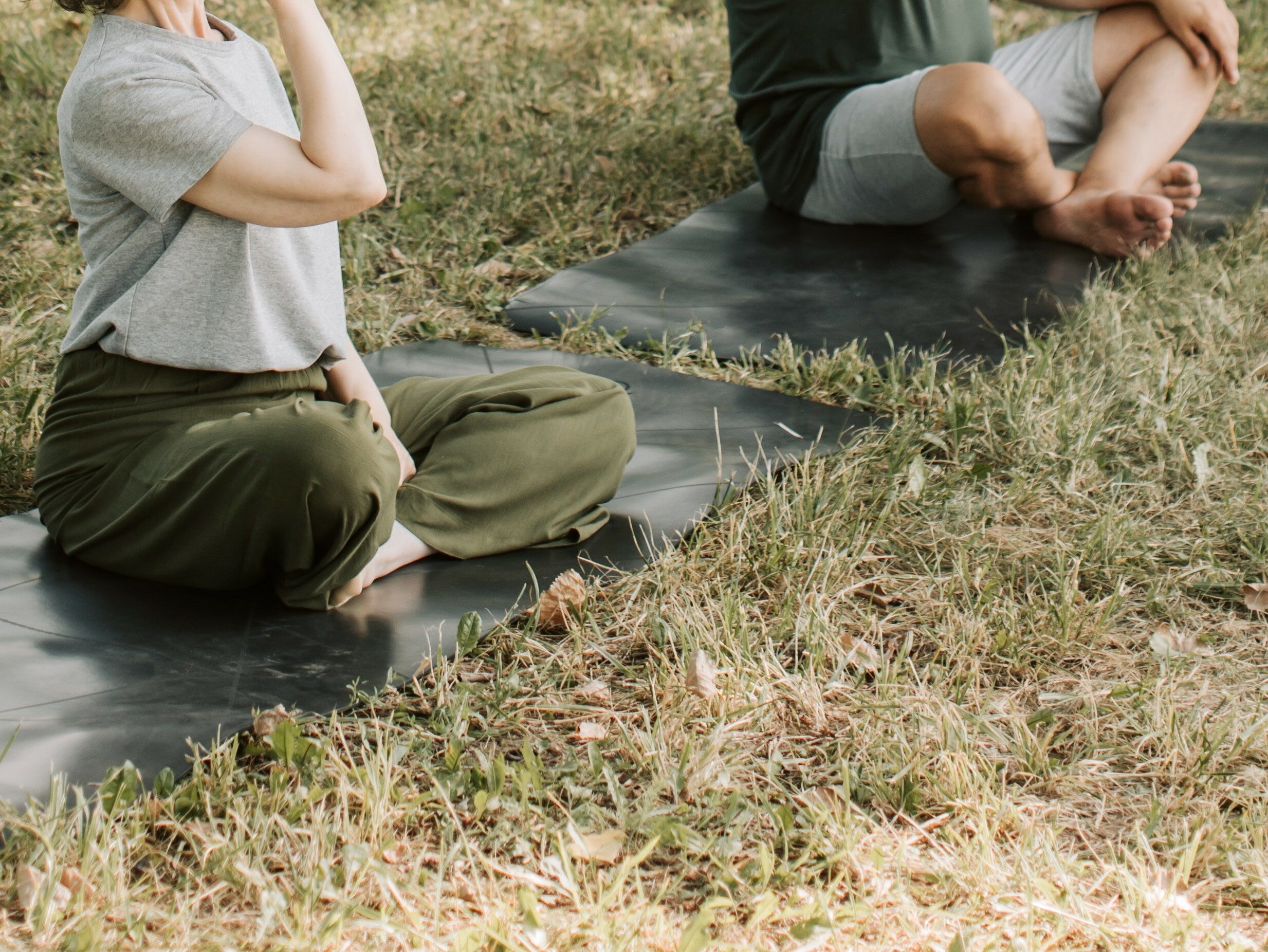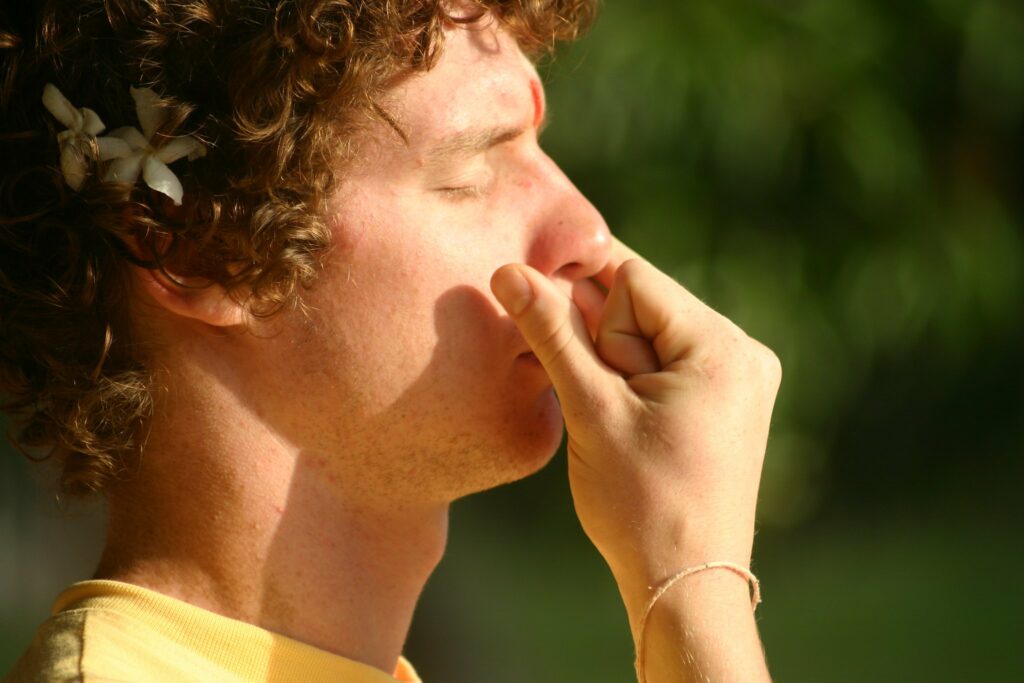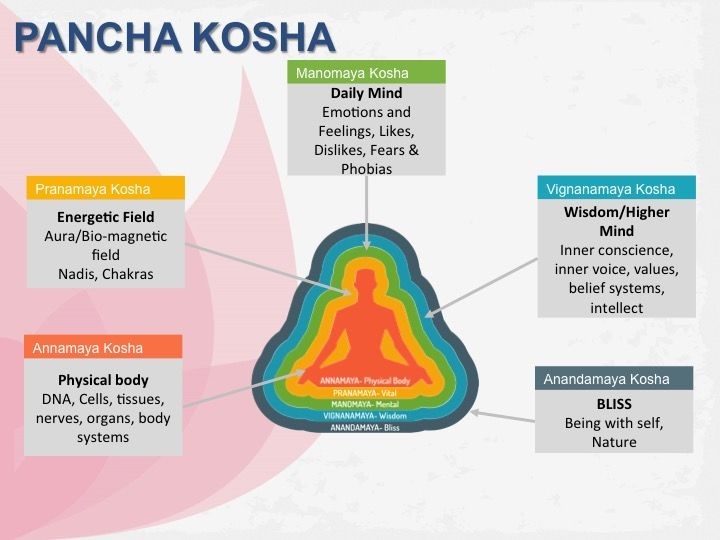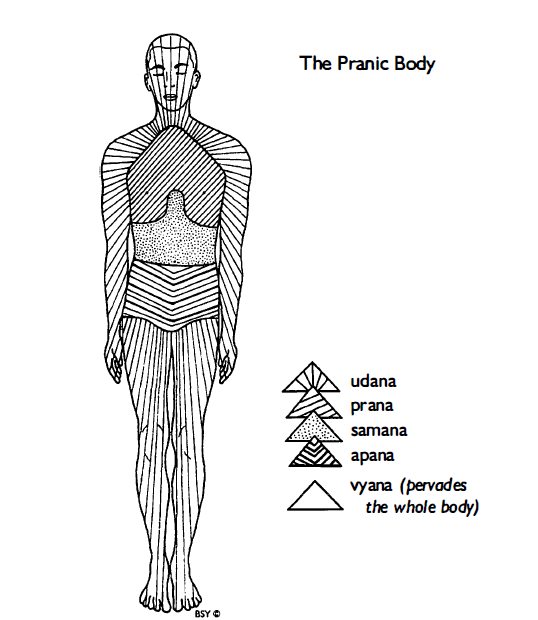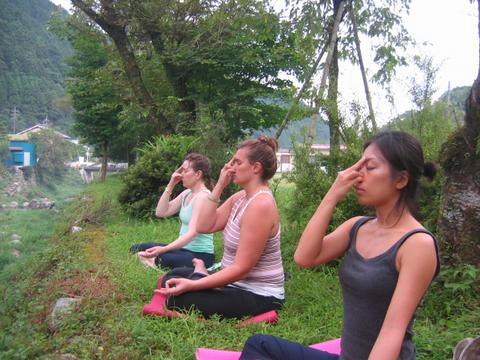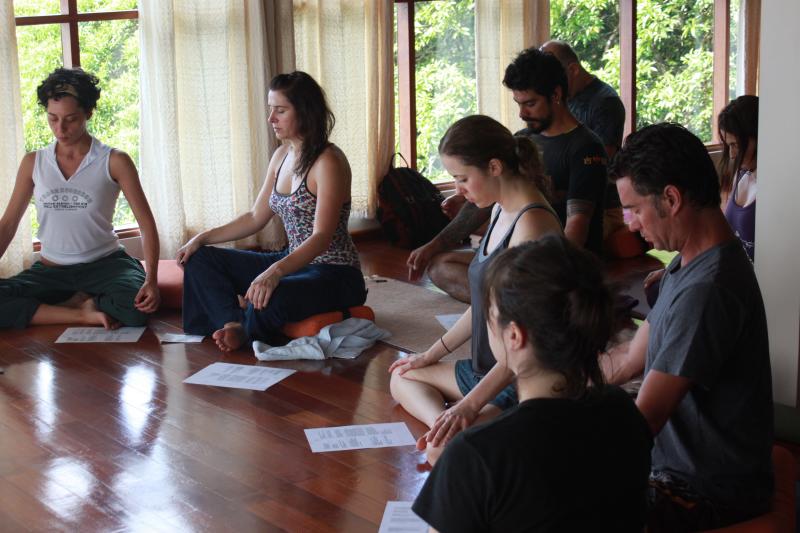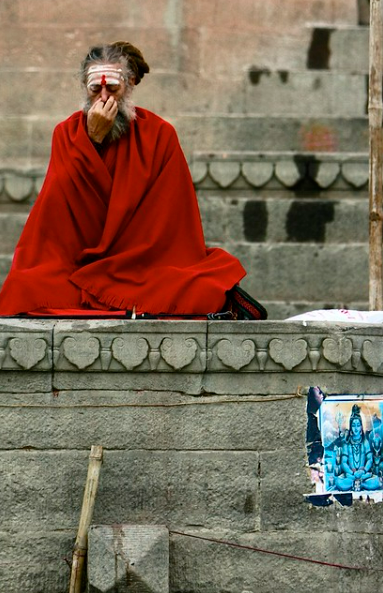

It’s essential to prepare and boost your immune system before winter to ward off illnesses.
According to our personal experiences and statistical data, we tend to get sick more frequently once the summer season ends.
However, by taking steps to strengthen our immune system, you can increase your resistance to seasonal viruses. This is why, as soon as autumn arrives, it is wise for you to act in this direction.
In this article:
- Why is strengthening immunity before winter important?
- Which components support immunity?
- How to evaluate prebiotics and probiotics?
- What seasonal foods strengthen our defenses?
- What plants can help immunity?
- Which essential oils stimulate immunity?
- Why are bee products useful for resisting diseases?
Why to boost your immune system?
Contrary to popular belief, cold does not kill germs. It’s quite the opposite because they are no longer exposed to summer UV rays. Then in winter, the air is dry which weakens our mucous membranes, and microbes thus penetrate the body more easily.
The cold slows down your blood circulation, which hinders the mobility of immune cells, and reduces the motility of the cilia of the mucous membranes of the respiratory tract. It therefore has harmful effects on our immune system.
The cold also encourages us to stay indoors more and you reduce your physical activity, which is essential for the proper functioning of your immune system.
We ventilate our indoor spaces less, thus encouraging the spread of microbes.
Concerning food, you tend to consume more fat and less diversified plants.
Then, reduced exposure to the sun in winter limits our production of vitamin D, whose role in strengthening immunity is well established, particularly against coronaviruses.
What components support immunity?
Several elements act as regulators and strengthen your immune system.
We can cite omega-3, vitamin D, natural vitamins, including vitamin C, zinc, polyphenols and everything that allows the good health of the intestinal microbiota.
Polyphenols are compounds found in many plant foods. Here are some examples of polyphenols commonly present in our food:
- Resveratrol: in red grapes, red wine, peanuts and blueberries.
- Quercetin: in onions, apples, berries and citrus fruits.
- Curcumin: in turmeric
- Epigallocatechin gallate (EGCG): mainly in green tea.
- Anthocyanins: in berries, such as blueberries, raspberries and cherries.
- Catechins: in dark chocolate, tea and certain varieties of fruit.
- Ellagic acid: in nuts, pomegranates, strawberries and blackberries.
- Lycopene: Found in tomatoes, watermelons and pink grapefruit.
You will also promote fiber. Because we cannot talk about effective immune defenses without associating them with a quality microbiota and an intact intestinal mucosa. Because it is in the intestine that immune cells acquire their immunocompetence, that is to say the ability to distinguish what must be tolerated and what must be eliminated.
An unhealthy intestine is therefore ultimately accompanied by impaired immunity, often associated with chronic inflammation which promotes most of today’s diseases.
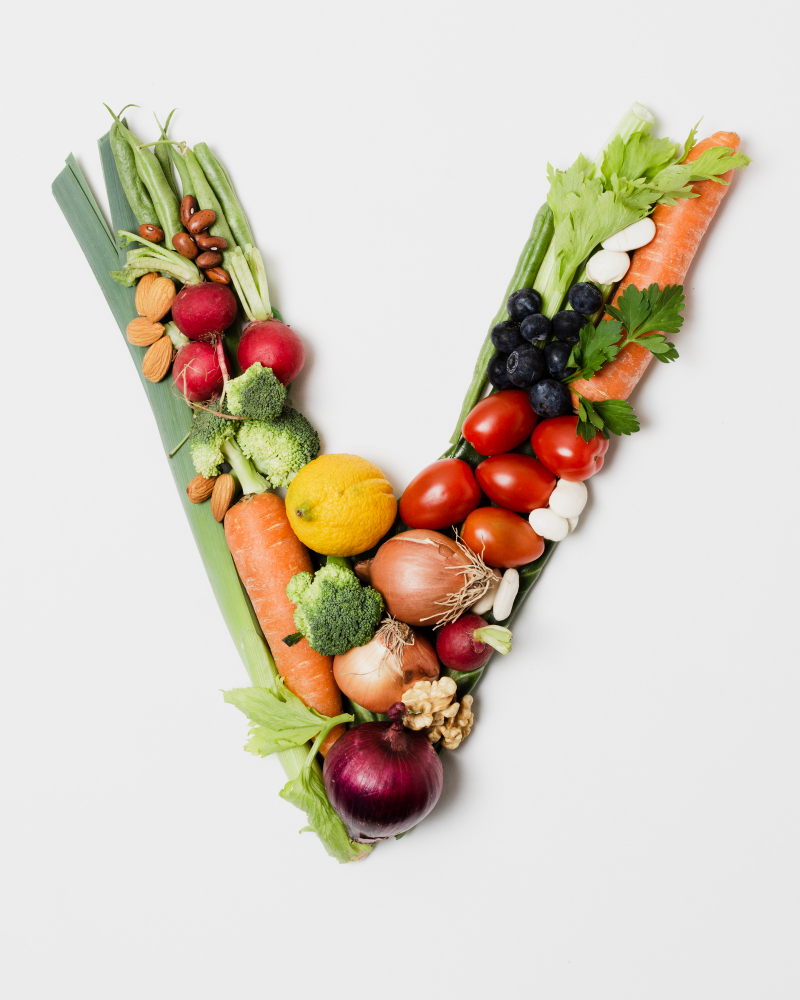

You find dietary fiber in many plant-based foods such as:
- Whole grains: oats, whole wheat, brown rice and quinoa.
- Legumes: beans, lentils, chickpeas and peas.
- Fruits: especially apples, pears, bananas, raspberries and strawberries.
- Vegetables: Broccoli, carrots, spinach, Brussels sprouts and green beans are rich in fiber.
- Nuts: almonds, walnuts and hazelnuts.
- Seeds: chia, flax, sesame and sunflower seeds.
- Oat bran: a fiber concentrate that can be added to cereals, yogurts or smoothies.
- Wholemeal bread: made from spelled or buckwheat flour.
- Wholemeal pasta: made from spelled.
- Root vegetables: potatoes with their skins, rich in fiber.
Prebiotics, probiotics for immune systeme: yes or no?
The quality of your microbiota determines the effectiveness of your immunity. In the event of dysbiosis, that is to say an imbalance in the species making up the microbiota, it is justified to take prebiotics (fibers from which the bacterial species of interest feed) or probiotics (bacterial species of interest) in cures. However, it is a shame to come to this, because if you had a quality lifestyle in the long term you would not need these cures…
You need to promote a healthy, predominantly plant-based diet of the Mediterranean type in the long term.
That you observe your emotions and in particular stress which must remain moderate and “managed”, and that you practice sufficient physical activities.
Your sleep is also an extremely important factor for cellular regeneration and your homeostasis in general.
All this is the key to your immunity (apart from environmental quality)!
Here I give you a list of probiotics and prebiotics that you can incorporate into your diet.
Natural probiotics are beneficial microorganisms found in some fermented foods.
- Yogurt: Yogurts contain strains of probiotic bacteria such as lactobacillus acidophilus and bifidobacterium bifidum.
- Kefir: a fermented milk-based beverage that contains a variety of probiotic strains, including lactobacillus kefiranofaciens.
- Sauerkraut: Fermented cabbage is rich in probiotic bacteria, particularly strains of Lactobacillus.
- Kimchi: a Korean dish made from fermented vegetables, containing probiotic lactic acid bacteria.
- Miso: a fermented soybean paste widely used in Japanese cuisine, containing probiotic bacteria.
- Fermented Pickles: Pickles fermented in salt water contain natural probiotics.
- Kombucha: a fermented drink made from sweet tea, containing probiotic bacteria and yeast.
- Tempeh: a preparation made from fermented soy, rich in probiotic bacteria.
- Lacto-fermented vegetables: Other vegetables like carrots, beets, and green beans can be lacto-fermented at home to get natural probiotics.
It is important to note that the probiotic content of these foods can vary depending on preparation methods and fermentation conditions. To get the most benefit, choose unpasteurized products, as pasteurization can destroy probiotics.
Prebiotics are non-digestible food compounds used by probiotics.
Prebiotics are non-digestible food compounds that serve as food for probiotics, promoting their growth and activity. Here are some examples of natural sources of prebiotics:
- Garlic: Garlic contains inulin, a natural prebiotic.
- Onions: Onions are rich in fructo-oligosaccharides (FOS), a type of prebiotic.
- Asparagus: Asparagus is a natural source of inulin.
- Bananas: Ripe bananas contain fructooligosaccharide (FOS).
- Whole wheat: Whole wheat contains fructan, a prebiotic.
- Oats: Oats are a source of beta-glucans, another type of prebiotic.
- Barley: Barley also contains beta-glucans.
- Chicory: Chicory is rich in inulin and is often used as an ingredient in coffee substitutes.
- Dandelion: Dandelion roots contain inulin.
- Legumes: Chickpeas, lentils and beans are natural sources of prebiotics.
- Sweet Potatoes: Sweet potatoes contain inulin.
Prebiotics help promote the growth of probiotics and maintain a balanced gut microbiome, which can have beneficial effects on digestive health and the immune system. It is advisable to include these foods rich in prebiotics in your diet to support healthy intestinal flora.
What seasonal foods boost your immune system?
– The squash and other pumpkins are rich in beta-carotene, which gives them their beautiful orange color. In addition to its antioxidant action, beta-carotene improves the functioning of certain immune cells.
– The leeks contain prebiotic fibers which contribute to intestinal health, but also antioxidant polyphenols, including kaempferol, which are also found in other leafy green vegetables such as cabbages and the broccoli.
These polyphenols have, among other things, anti-inflammatory and antimicrobial properties.
So, get to your soup!
And for dessert or snacks, eat apples, raisin rich in polyphenols and tannins. Even in winter, continue to eat plants of all colors, providers of micronutrients and phytonutrients essential for the proper functioning of the immune system.
What plants or spices to boost your immunity?
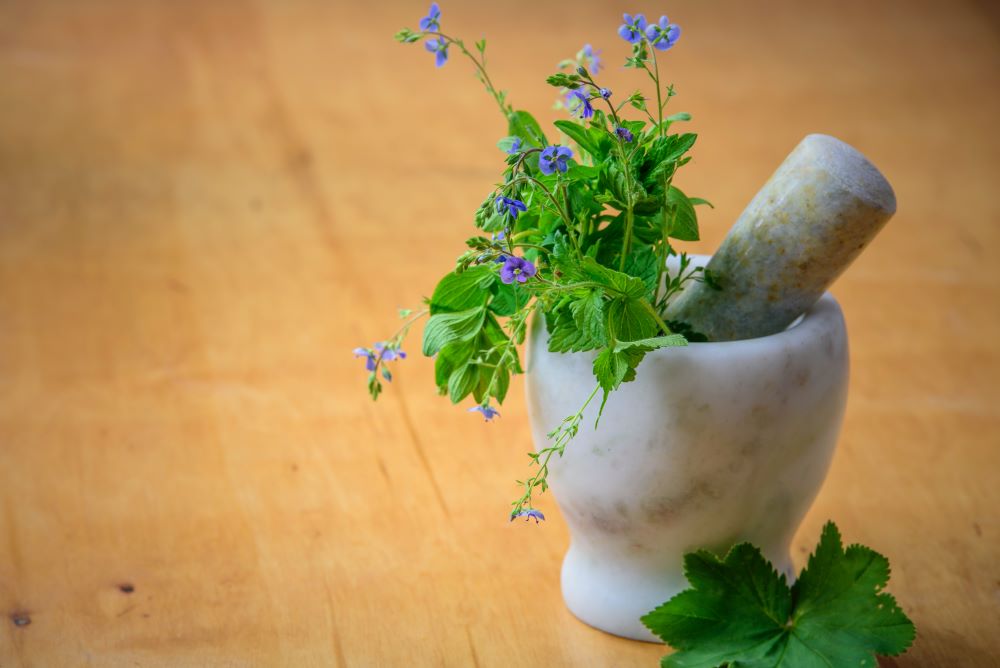

Plants that you can use:
– Echinacea is a traditional plant, widely used before and during the cold season to strengthen immunity. It is possible to take Echinacea in concentrated dry extract in the form of capsules, or in mother tincture, at a rate of 30 to 40 drops per dose in a little water, 3 times a day between meals.
– The Thyme is well known for its antibacterial and antitussive properties. It also has antioxidant qualities. Very effective in prevention, it can be used as a daily herbal tea from the first cold weather. Use 1 to 2 teaspoons of dried thyme (aerial parts) per cup of water. When the water has almost boiled, let it infuse covered in order to trap the volatile molecules, 5 minutes for preventive use or 10 minutes for curative use. The concentrated dry extract of Thyme in capsules may be suitable for people who do not like herbal teas.
Spices are treasures for our papillas and health
Certain spices are known for their beneficial properties to strengthen the immune system. Here are some spices commonly used for this purpose:
- Turmeric contains curcumin, a compound with anti-inflammatory and antioxidant properties that can boost immunity.
- Ginger is rich in antioxidants and has anti-inflammatory properties, which may support the immune system.
- Cinnamon has antioxidant and anti-inflammatory properties that may contribute to immune defense.
- Garlic contains allicin, which has antimicrobial properties and may boost immunity.
- Black pepper contains piperine, which may increase the bioavailability of certain nutrients, helping the immune system.
- Cloves are rich in antioxidants and may have anti-inflammatory properties.
- Cayenne pepper contains capsaicin, which has anti-inflammatory effects and may boost the immune system.
- Cumin is rich in antioxidants and may have beneficial properties for immune health.
- Star anise has antioxidant and anti-inflammatory properties.
- Cardamom is rich in antioxidants and can help boost immunity.
These spices are often used in cooking to add flavor to dishes. Integrate them into your daily diet to support your immune system.
Why are bee products useful for resisting disease?
Pollen and Propolis are rich in flavonoids and phenolic acid which have anti-inflammatory, antioxidant and immunomodulatory properties.
In prevention, they help prepare the immune system.
Royal Jelly is particularly rich in carbohydrates, proteins, lipids, minerals, vitamins (especially group B). It is very interesting as a revitalizer and stimulant in cases of temporary fatigue, during periods of overwork or convalescence.
Honey with its antiseptic properties is good to consume all year round!


Conclusion :
Now you have what you need to properly prepare your immune defenses naturally!
References:
Health Benefits of Probiotics: A Review



